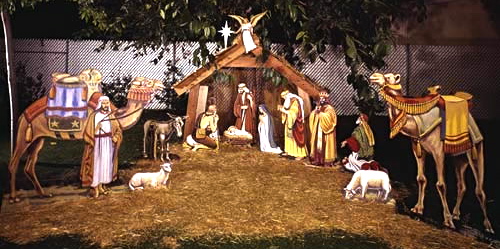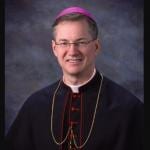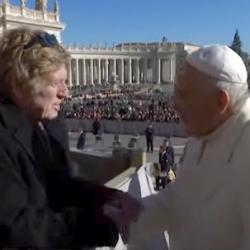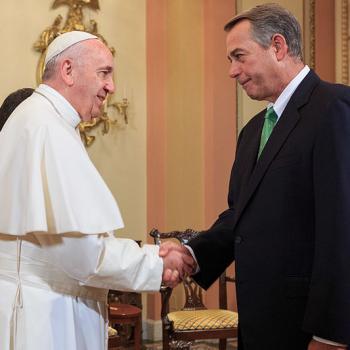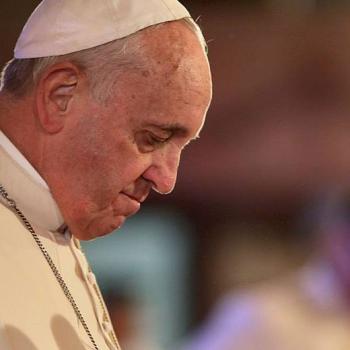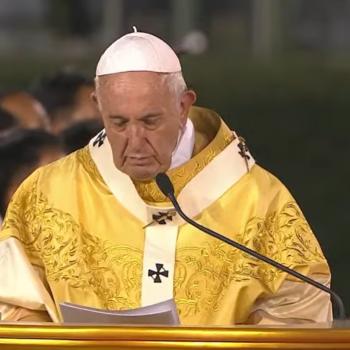From the translation, via Zenit:
1. With this Letter, I wish to encourage the beautiful family tradition of preparing the nativity scene in the days before Christmas, but also the custom of setting it up in the workplace, in schools, hospitals, prisons and town squares. Great imagination and creativity is always shown in employing the most diverse materials to create small masterpieces of beauty. As children, we learn from our parents and grandparents to carry on this joyful tradition, which encapsulates a wealth of popular piety. It is my hope that this custom will never be lost and that, wherever it has fallen into disuse, it can be rediscovered and revived.
2. The origin of the Christmas crèche is found above all in certain details of Jesus’ birth in Bethlehem, as related in the Gospels. The evangelist Luke says simply that Mary “gave birth to her firstborn son and wrapped him in swaddling cloths, and laid him in a manger, because there was no place for them in the inn” (2:7). Because Jesus was laid in a manger, the nativity scene is known in Italian as a presepe, from the Latin word praesepium, meaning “manger”.
Coming into this world, the Son of God was laid in the place where animals feed. Hay became the first bed of the One who would reveal himself as “the bread come down from heaven” (Jn 6:41). Saint Augustine, with other Church Fathers, was impressed by this symbolism: “Laid in a manger, he became our food” (Sermon 189, 4). Indeed, the nativity scene evokes a number of the mysteries of Jesus’ life and brings them close to our own daily lives.
In Jesus, the Father has given us a brother who comes to seek us out whenever we are confused or lost, a loyal friend ever at our side.
But let us go back to the origins of the Christmas crèche so familiar to us. We need to imagine ourselves in the little Italian town of Greccio, near Rieti. Saint Francis stopped there, most likely on his way back from Rome where on 29 November 1223 he had received the confirmation of his Rule from Pope Honorius III. Francis had earlier visited the Holy Land, and the caves in Greccio reminded him of the countryside of Bethlehem. It may also be that the “Poor Man of Assisi” had been struck by the mosaics in the Roman Basilica of Saint Mary Major depicting the birth of Jesus, close to the place where, according to an ancient tradition, the wooden panels of the manger are preserved.
The Franciscan Sources describe in detail what then took place in Greccio. Fifteen days before Christmas, Francis asked a local man named John to help him realize his desire “to bring to life the memory of that babe born in Bethlehem, to see as much as possible with my own bodily eyes the discomfort of his infant needs, how he lay in a manger, and how, with an ox and an ass standing by, he was laid upon a bed of hay”.[1] At this, his faithful friend went immediately to prepare all that the Saint had asked. On 25 December, friars came to Greccio from various parts, together with people from the farmsteads in the area, who brought flowers and torches to light up that holy night. When Francis arrived, he found a manger full of hay, an ox and a donkey. All those present experienced a new and indescribable joy in the presence of the Christmas scene. The priest then solemnly celebrated the Eucharist over the manger, showing the bond between the Incarnation of the Son of God and the Eucharist. At Greccio there were no statues; the nativity scene was enacted and experienced by all who were present.
This is how our tradition began: with everyone gathered in joy around the cave, with no distance between the original event and those sharing in its mystery.

